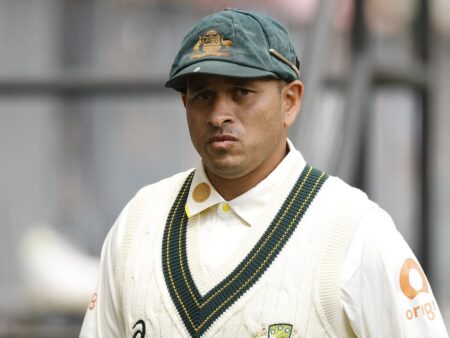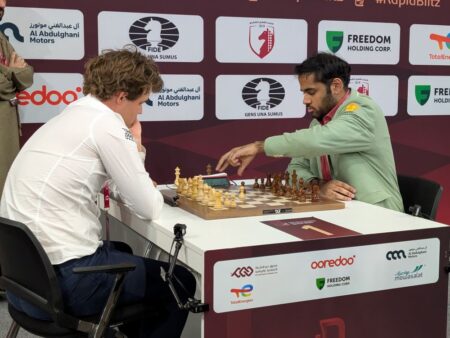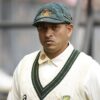Indian batsman KL Rahul has often had to adjust his batting order for the national team. He’s played in many positions, from opening to lower down the order. Understandably, changing positions and fitting into the team’s plans hasn’t always been easy, but he accepts it as part of the game. His approach is simply to do what the team needs.
Looking at his 82 ODI matches, Rahul’s batting positions have varied significantly. He’s been an opener 16 times, batted at number 2 seven times, number 3 three times, number 4 thirteen times, number 5 thirty-one times, and even number 6 six times. Despite being primarily an opening batsman in his career, he has even batted as low as number 7 once.
Rahul commented before India’s match against New Zealand in the Champions Trophy that changing batting positions is never easy for anyone in the team. However, he acknowledges it’s part of cricket. He explained that players trust the team management to decide the best batting lineup and their roles, and their job is to perform as required.
Adding to the challenge of changing batting positions, the pitch at the Dubai International Cricket Stadium has been difficult for batting. This makes it even harder to adjust, especially when trying to reduce the number of dot balls.
Rahul, who is 32 years old and a wicketkeeper-batsman, mentioned on Friday before a practice session that rotating the strike early in his innings, whether against spin or fast bowling, has been somewhat challenging. He pointed out that when dot balls accumulate, pressure builds, forcing batsmen to take risks, which can create opportunities for the opposition bowlers. He added that they are actively seeking ways to improve strike rotation.
He further noted that while hitting boundaries is enjoyable and effective on some wickets, it’s not as straightforward on the current pitches. Therefore, minimizing dot balls and carefully choosing when to take risks is crucial, depending on the pitch conditions and the bowler.
To better understand the pitch conditions, Rahul often talks to teammates like Virat Kohli and Shreyas Iyer from previous games, and Shubman Gill from an earlier match, who have spent considerable time batting. He seeks their insights on which shots are most effective on that particular surface.
Rahul explained that these discussions within the team help him understand different approaches. He mentions that players like Shubman, Virat, and Shreyas have experienced similar challenges. He and other players who come in later, like Hardik Pandya, Ravindra Jadeja, and Axar Patel, find it particularly helpful to learn from those who have already adapted to the conditions.
He elaborates that these conversations involve understanding where experienced batsmen aimed to score, whether targeting the square of the wicket or playing straighter. Ultimately, Rahul emphasizes that while he takes advice, the final approach is very personal, and each player needs to find what works best for them.
Rahul is currently the preferred wicketkeeper in ODIs for the team, but he acknowledges the pressure that comes with it. He is aware of the competition from Rishabh Pant, a specialist wicketkeeper, which adds to the pressure and reduces his margin for error. He admitted that this pressure exists.
He recognizes Rishabh Pant as a highly talented player who can aggressively change the course of a game quickly. Rahul understands that the team is always tempted to choose between them.
Rahul stated that when he gets an opportunity, he focuses on performing to his best. He is not trying to compete directly with Rishabh or imitate his playing style, and he believes Rishabh also focuses on his strengths. Both players are chosen for what they uniquely bring to the team, and Rahul aims to stick to his own game and strengths.
Rahul is also aware of being frequently trolled on social media. He maintains a balanced perspective on dealing with criticism. He says he is used to seeing, hearing, and reading criticism. He sometimes evaluates if the criticism is valid.
He accepts that he will sometimes fail and make mistakes in reading the game, which he sees as part of sports. He finds peace if he believes his intentions are right and he’s trying his best to win for the team. He does read criticism and takes valid points into consideration.










